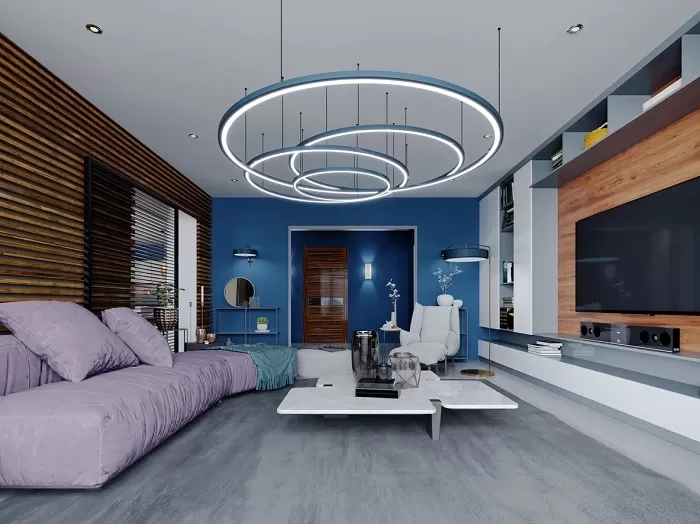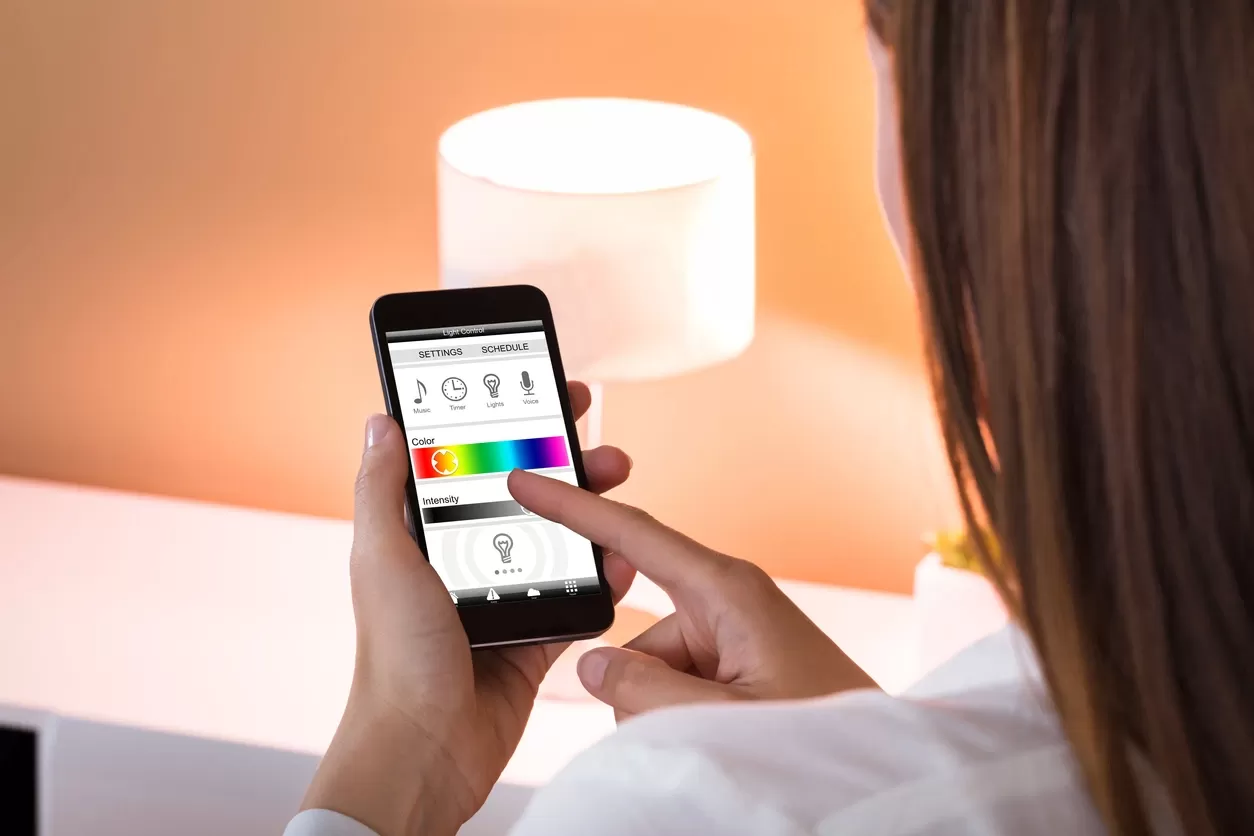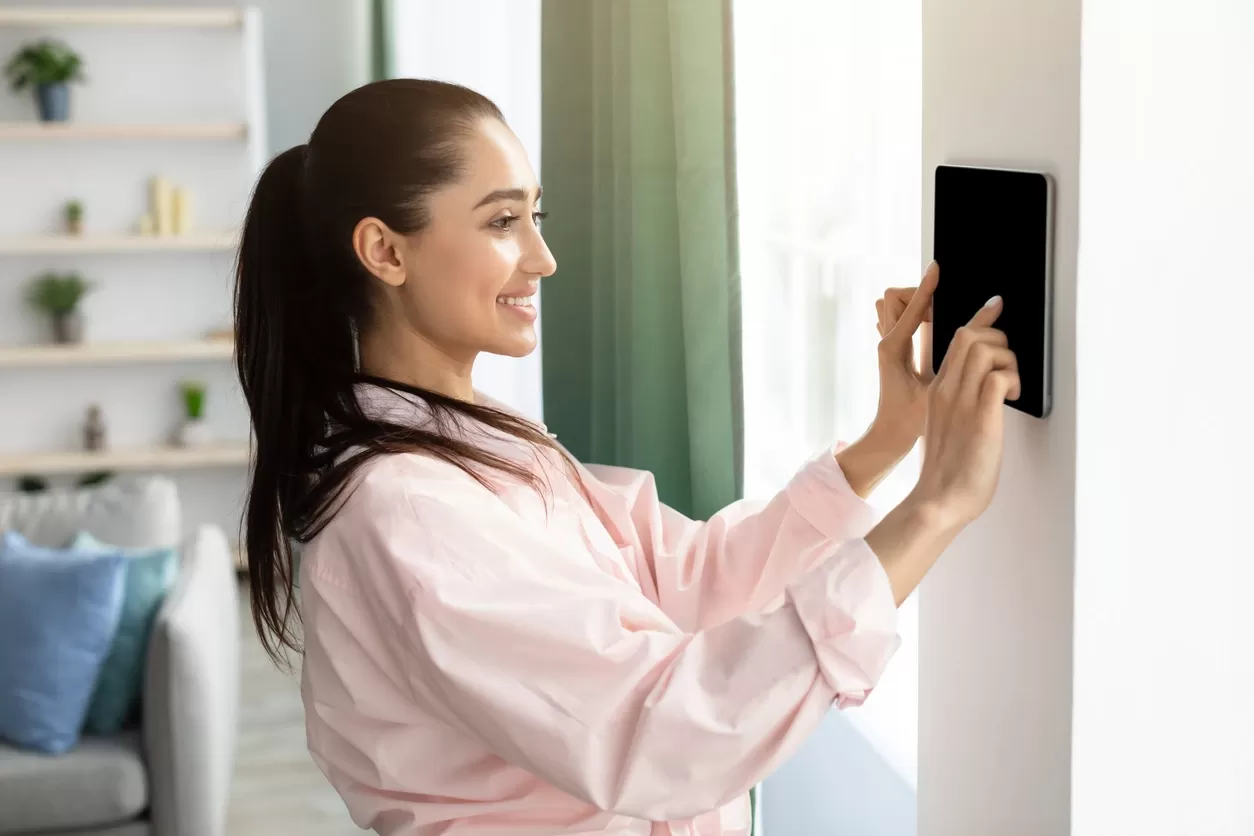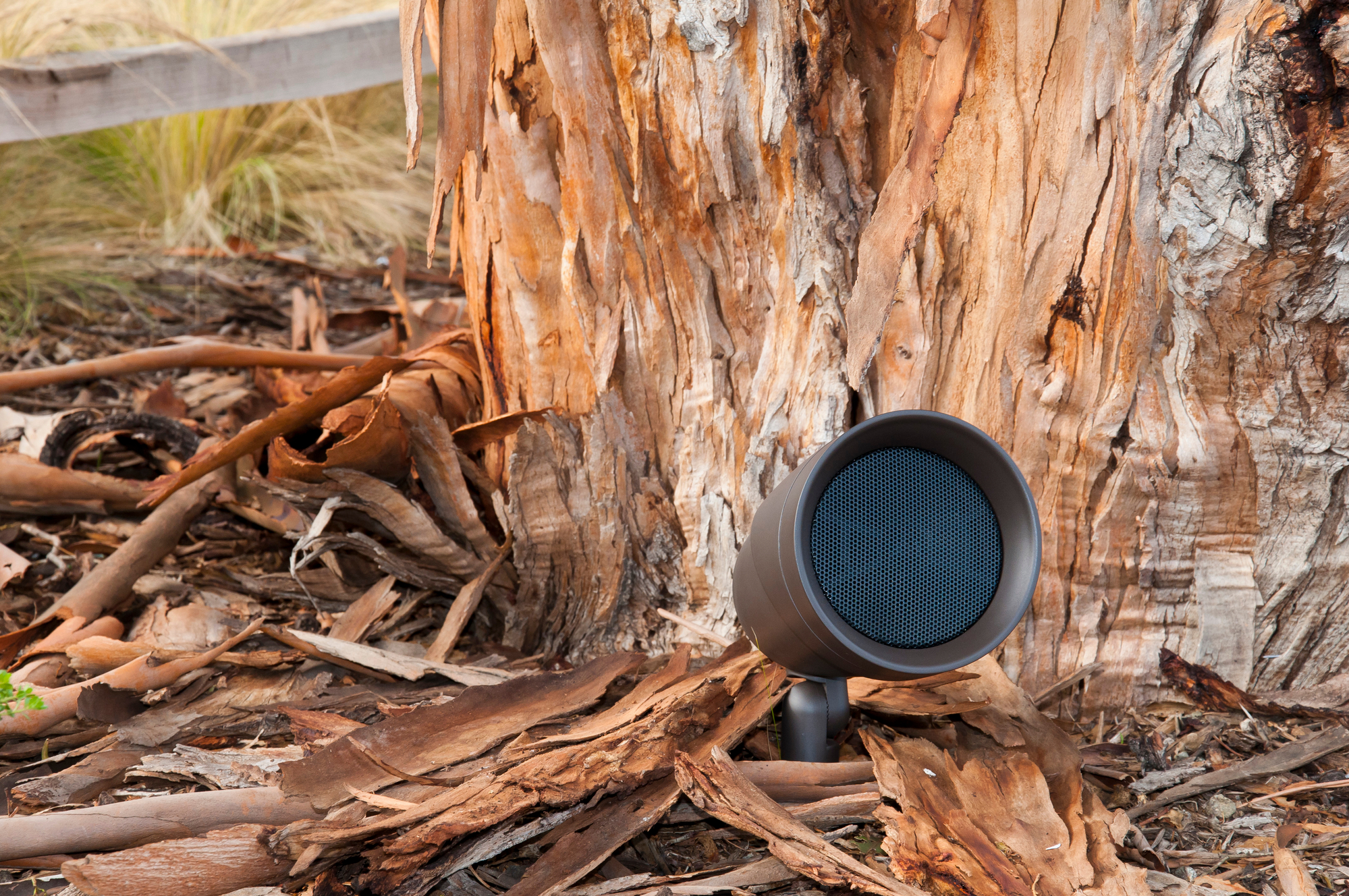Circadian lighting, also known as human-centric lighting, is a solution to many of the hidden hazards of artificial lighting. It’s a system that mirrors natural light cycles and therefore helps promote a healthy and stable circadian rhythm. Circadian lighting systems change the light intensity and color temperature in fixtures throughout the day, minimizing the effects of unnatural light and promoting increased productivity, better sleep, and long-term health benefits.
There are three (3) approaches to implementing a circadian lighting system:
- Intensity tuning – The most cost-effective way to implement a circadian lighting system. Light fixtures have a fixed correlated color temperature (CCT), but the brightness, or intensity, can be adjusted through a control system to reflect the time of day. For example, in the morning and at night, lights are at a lower intensity, but during the day they are brighter, in tune with the sun’s rise and fall.
- Color tuning – Similar to intensity tuning, color tuning changes the brightness of lights but also changes the CCT to more closely reflect natural lighting. It does this by disabling white lights and color tuning lights by utilizing warmer and yellower colors in the morning and evening and cooler and bluer colors during the day, with the aim of promoting alertness and productivity.
- Stimulus tuning – Spectrally optimized LED lights create white light with high circadian stimulus without actually changing the color of the light throughout the day. Stimulus tuning reduces blue light during the evening to help promote melatonin production, which is our body’s natural sleep agent. During the day, it replaces “bad blue” lighting with “good blue,” or sky-blue lighting. This “good blue” helps our eyes send a signal to our brain to maintain a circadian rhythm. Stimulus tuning is the method of circadian lighting that most mimics the daylight spectrum.
Circadian lighting systems are proven to help maintain high energy levels and promote better sleep. The Lighting Research Center conducted a study that found people receiving high circadian stimulus throughout the day felt more energetic and alert, experienced better sleep, and felt less depressed than workers receiving low circadian stimulus.
Call or Visit Us
To learn more about how circadian lighting can benefit your life and find out which system is right for you, AV Design Consultants provides many options to cater to your needs. Contact us at AV Design Consultants to learn more about our products and services.
Some examples of IoT devices include smart home products such as light bulbs, security systems, doorbells, cameras, and speakers. By definition, it extends the power of the internet beyond typical electronic devices — to “things”; devices that are traditionally connected to the internet, such as smartphones or computers, are not considered IoT devices.
As the popularity of IoT devices increases and prices fall, the IoT network grows ever larger. It is predicted that by 2025, there will be 41 billion connected things. While at first IoT may seem vast and complicated, there are many simple ways you can integrate IoT devices into your home.
Before attempting a DIY IoT project, it’s helpful to understand the basics of what IoT is and how it works: through a combination of sensors and actuators to connect a physical device to the internet. Sensors measure physical properties. For example, a sensor might measure an environment’s temperature and then convert those external properties into a signal to send to an actuator, which uses this information to choose an action. If the temperature is above or below a certain number, it can adjust the thermostat to shift back towards what you want it to be.
It’s important to have the right infrastructure in place. Some IoT devices are Bluetooth-connected, which is straightforward and simple. Others may need more hardware and physical connectivity. When devices need to connect to the network, that’s when hiring a professional is important as these devices move a lot of information around on the network. This network “traffic” can affect your internet speed and ability to do things you might be used to such as streaming audio or video. Common DIY home installations include thermostats, security cameras, IoT alarm clocks, and smart garage doors.
A successful IoT project considers your day-to-day problems and uses a connected product to solve or make that problem much easier to handle. The following describes the two main use-case types in terms of IoT projects.
We Take Care of it All
We will inspect and test your equipment to make sure it's functioning correctly. We can also update the system’s software and firmware when necessary, calibrate all systems to make sure they are working properly together, and perform general maintenance (e.g., cleaning monitors, removing dust internally). We are here to be responsive to your technology needs.
Optimized System Performance
Proactive maintenance keeps your technology running in the best possible conditions, prolonging its life expectancy. This allows you to protect your investment and get the highest usage possible.
No Unnecessary Roadblocks
Keeping a regular maintenance schedule ensures that you'll always be able to use your technology when you need it. Nobody wants to try and get some work done or sit down to watch a movie, and have the system crash unexpectedly.
A service contract ensures that you get the response and help you need in a timely manner. Technology replacement or repair can often be expensive. With a service contract, you're likely to save money with reduced response & labor fees, which can add up quickly over time.








